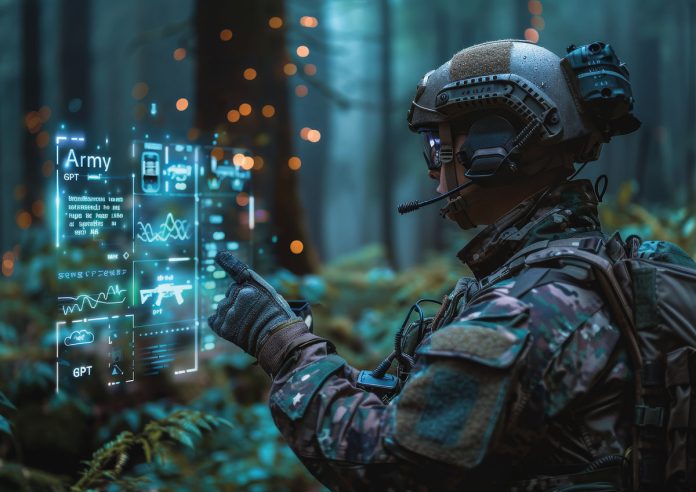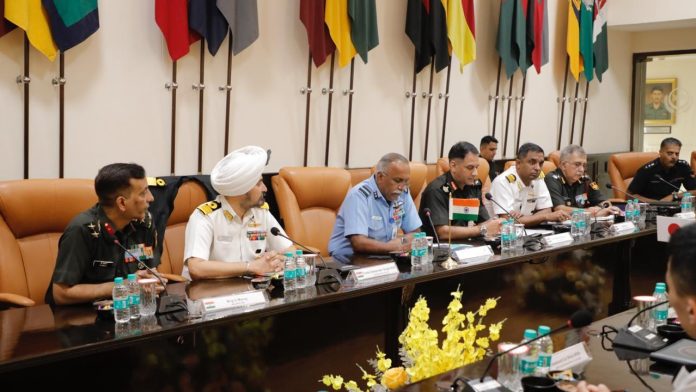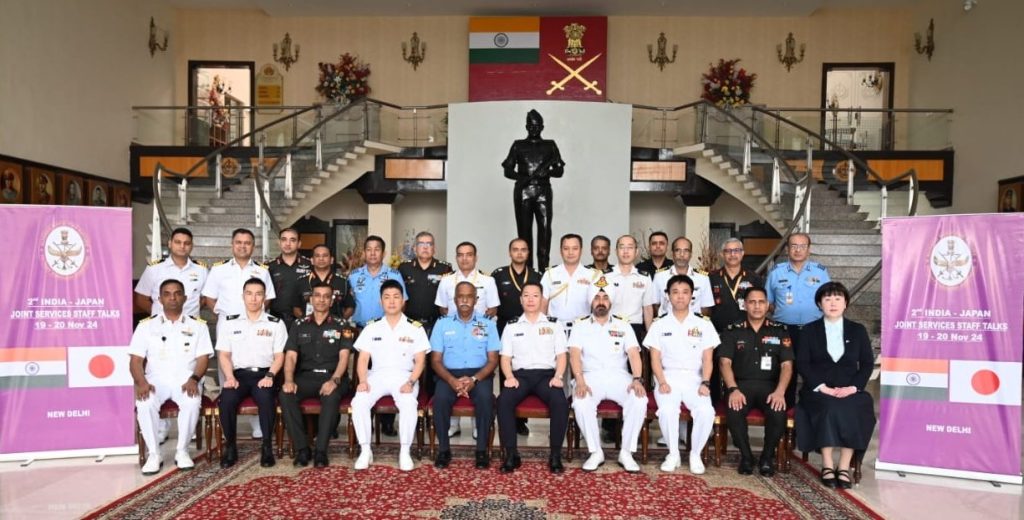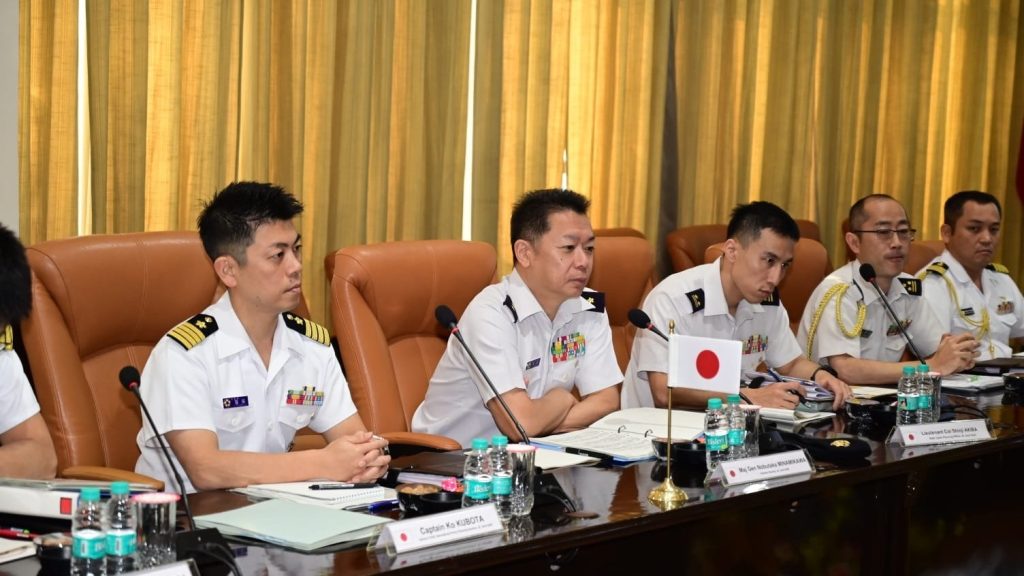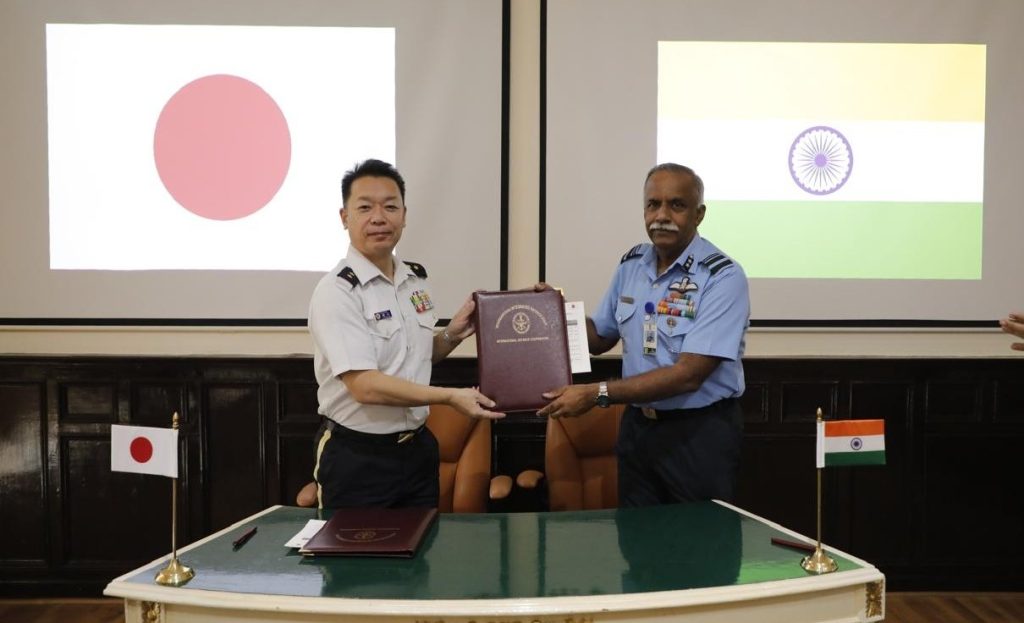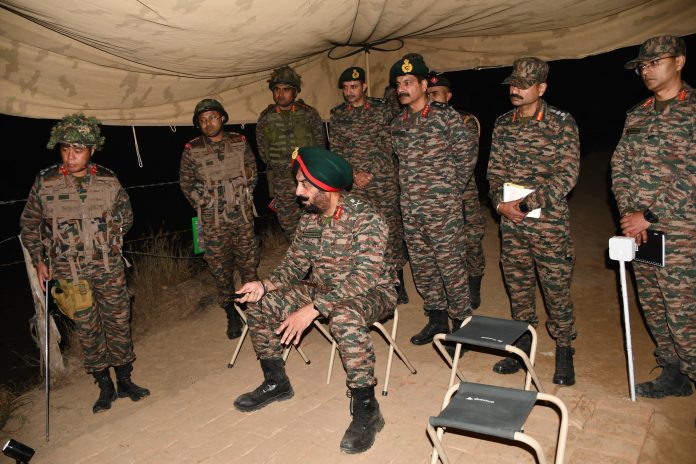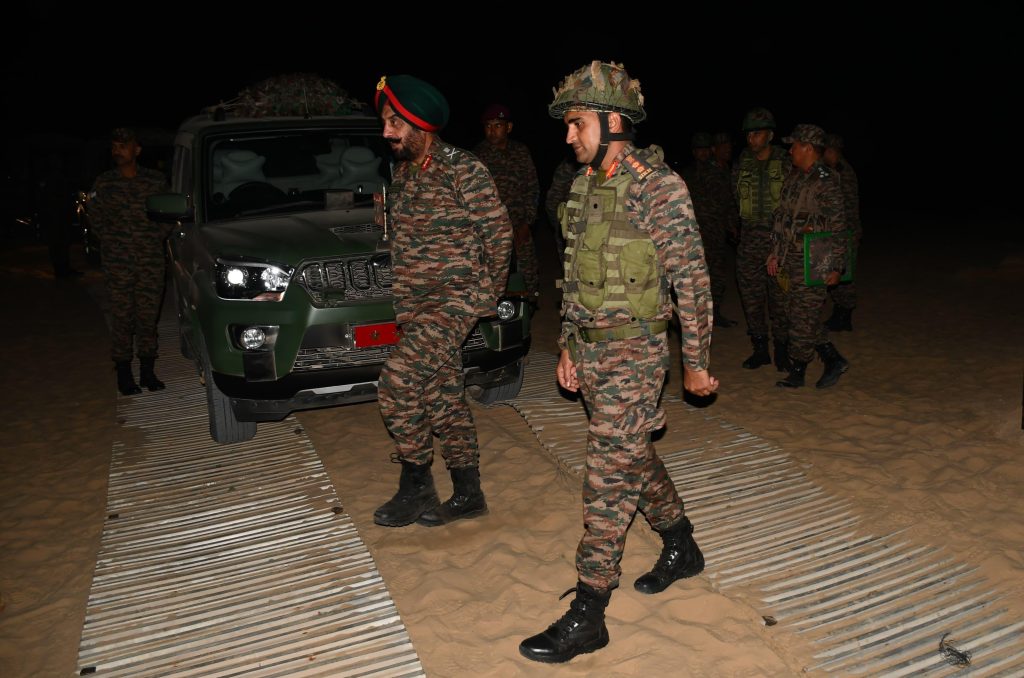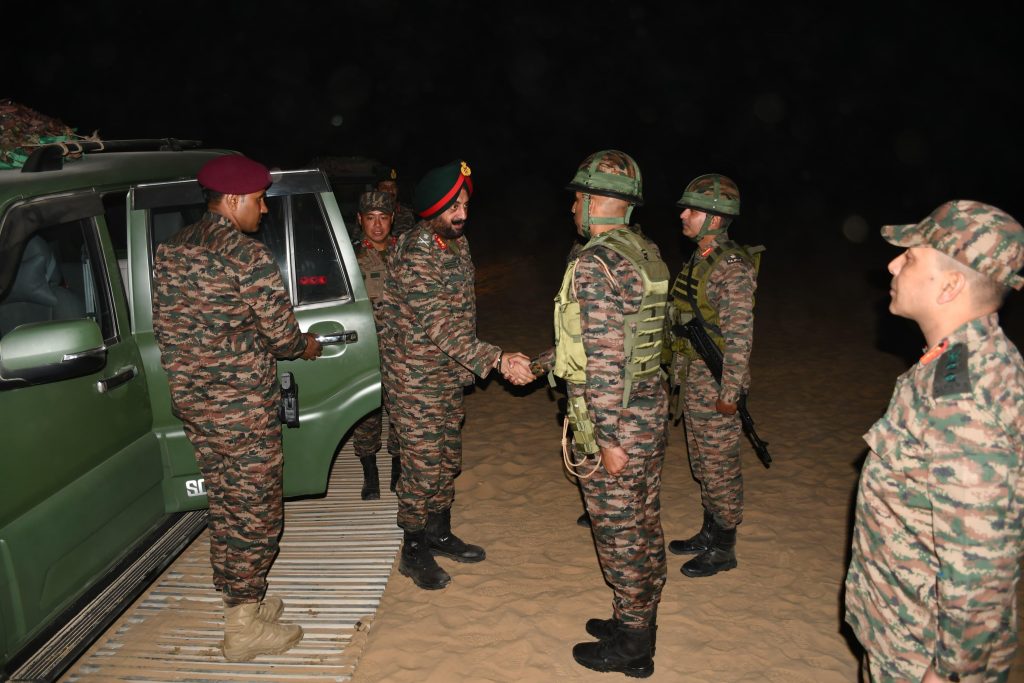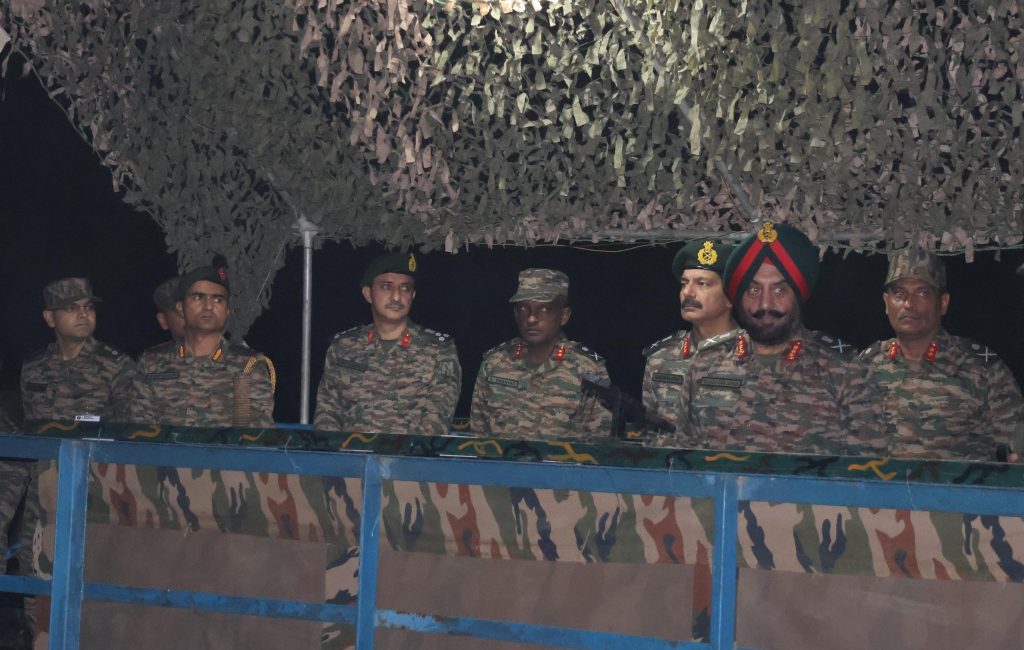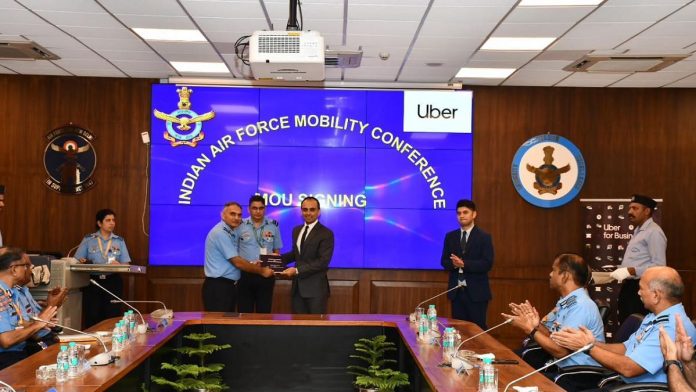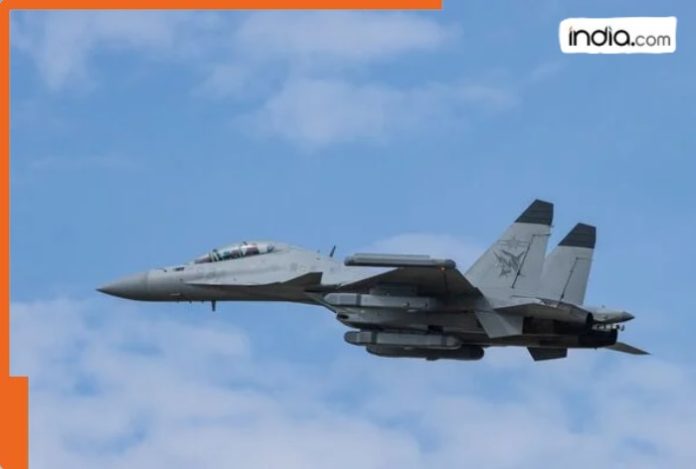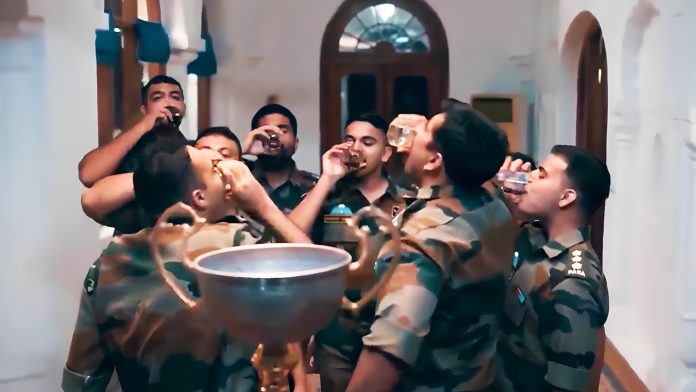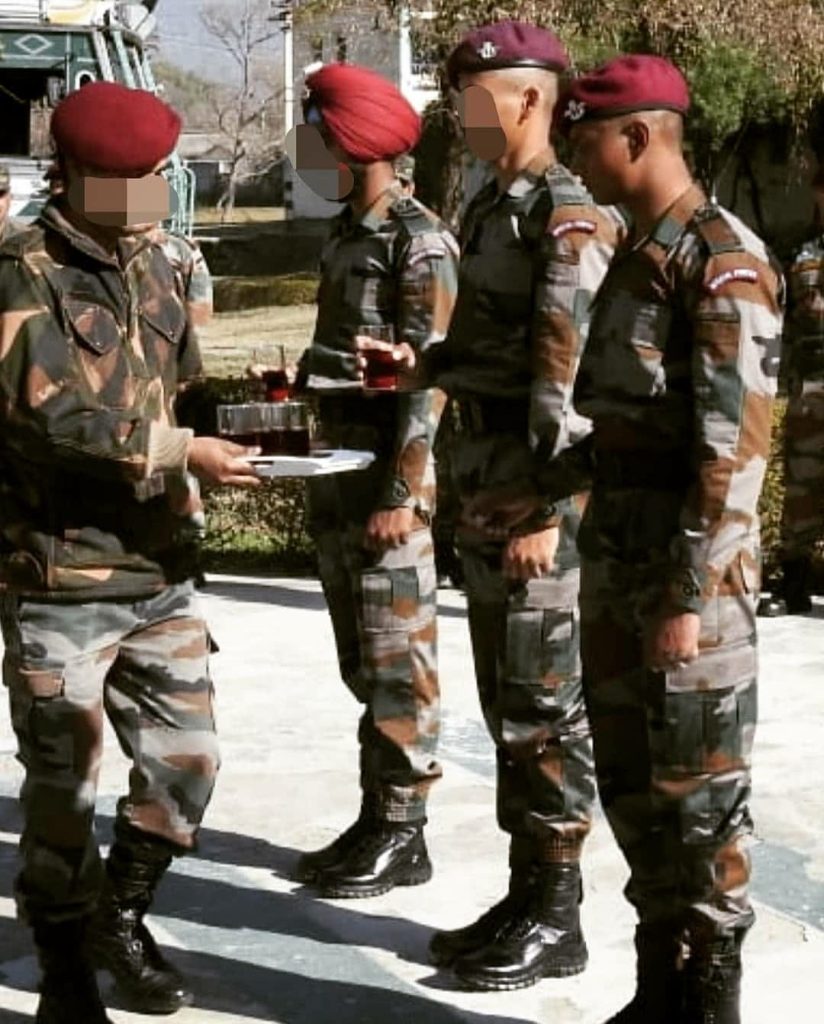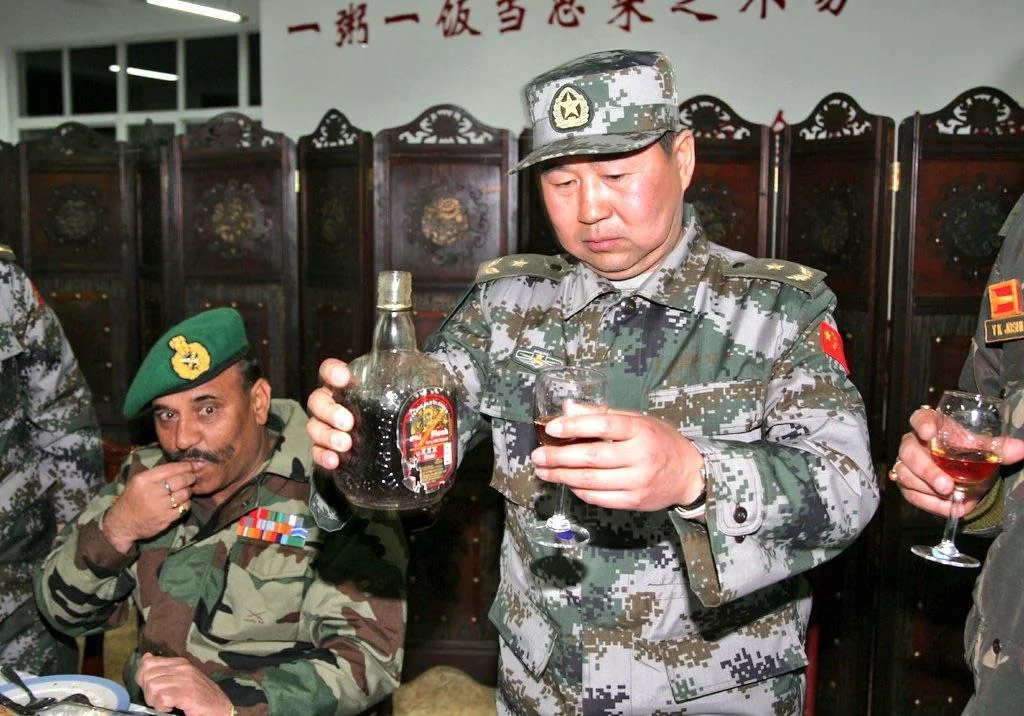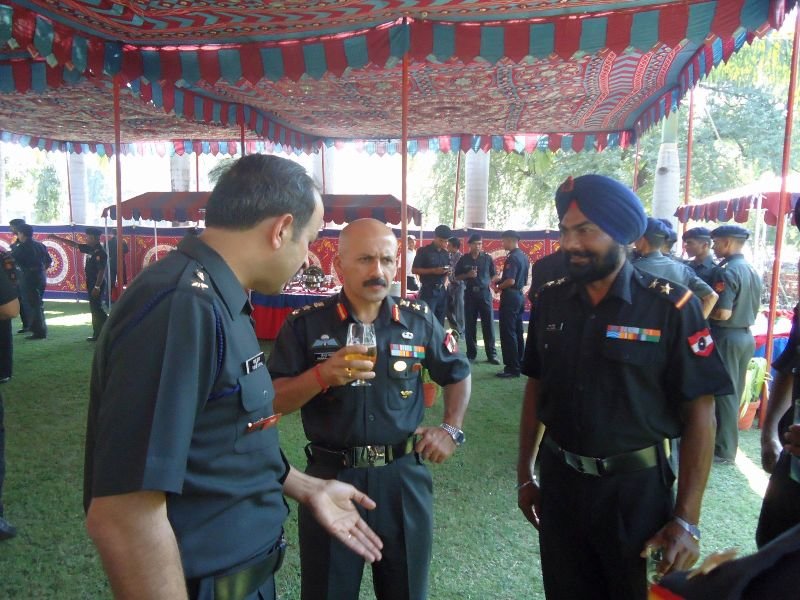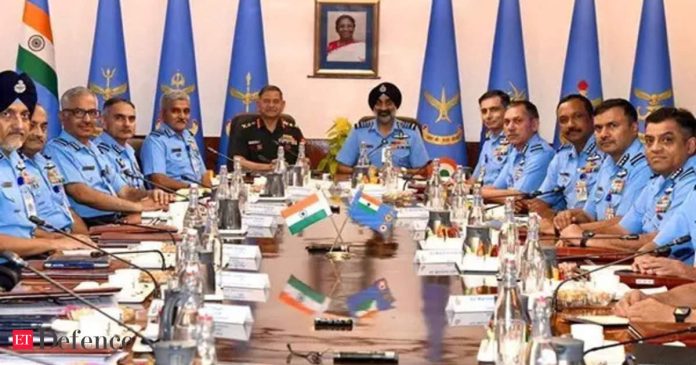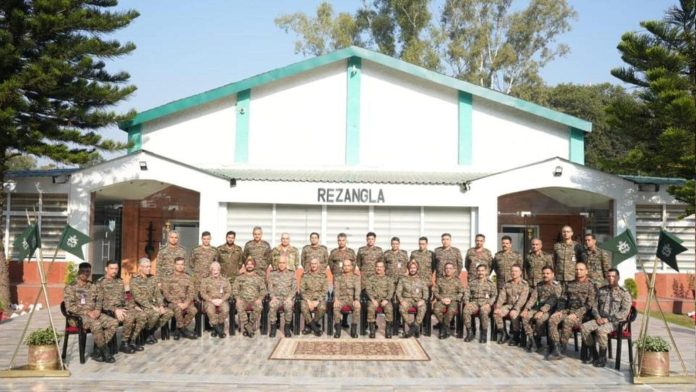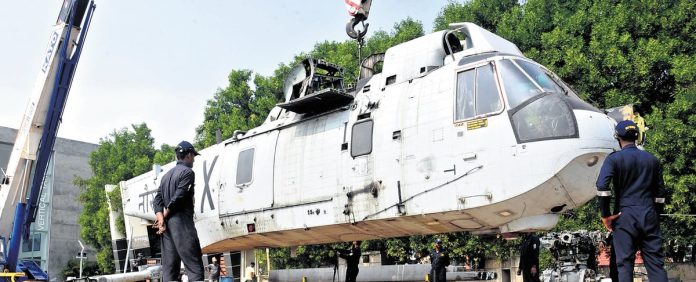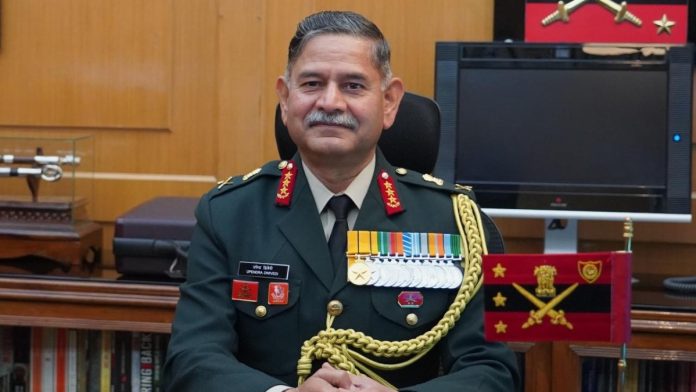The geopolitical landscape is becoming increasingly volatile, as conflicts in the Middle East escalate, Russia’s invasion of Ukraine approaches its third year, and China intensifies its ambitions regarding Taiwan alongside its control of global trade and technology. The resulting instability is casting doubt on many of the foundational assumptions leaders rely on to maintain order, significantly impacting various aspects of American governance including national security, foreign policy, and trade.
Central to these challenges is the semiconductor industry, a critical sector that underpins modern technology, from military systems to everyday consumer devices such as smartphones. The demand for semiconductors is surging, spurred by advancements in artificial intelligence, machine learning, remote work, telehealth, and online education. However, this rising demand comes at a time when supply chains face unprecedented disruptions—from the COVID-19 pandemic to natural disasters—leading to a heavy reliance on foreign manufacturers. Currently, Malaysia, Taiwan, and China represent the largest sources of semiconductor imports for the United States, with Taiwan Semiconductor Manufacturing Company (TSMC) controlling a staggering 68 percent of the global market.
As geopolitical tensions continue to rise, experts warn that the longer Washington delays efforts to domesticate semiconductor production, the greater the risk of a catastrophic supply chain failure. Advocates argue that establishing a robust domestic semiconductor manufacturing sector could not only bolster national security but also present a significant opportunity for economic growth. Investment in this sector promises to create jobs, enhance innovation, and diminish dependency on foreign suppliers, thereby reinforcing American defense capabilities and technological advancement.
Presently, the United States claims about half of the global semiconductor market, employing over 338,000 workers and supporting an additional 1.9 million jobs. Expanding this industry into regional markets could yield substantial job creation and long-term economic benefits. However, to forge a sustainable domestic semiconductor industry, comprehensive policies that foster growth are essential. The federal government can play a pivotal role by incentivizing partnerships between the Defense Industrial Base and regional startup businesses, thereby nurturing innovation.
Recent legislative initiatives have already made strides toward this goal. The CHIPS and Science Act, enacted in 2022, has resulted in $450 billion in private investments across 28 states tied to 90 semiconductor projects. This legislation has not only generated over 58,000 high-quality jobs within the semiconductor ecosystem but has also supported hundreds of thousands of additional positions throughout the broader US economy.
Local successes, such as those observed in Rensselaer County, New York, underscore the potential of targeted investments in the tech sector. Collaborations with institutions like Rensselaer Polytechnic Institute have led to significant funding for semiconductor research, contributing to the New York Capital Region’s broader effort to invest $52 billion in domestic manufacturing.
To replicate this success nationally, leaders at all levels must formulate and advocate for policies that bolster semiconductor development. It is equally vital that these policies are designed to meet the needs of small businesses and startups that are crucial for fostering competition and innovation within the industry. Streamlining procurement processes and alleviating regulatory burdens can help these enterprises grow more rapidly. For instance, updating the Federal Acquisition Regulation to prioritize small businesses involved in integrated circuits and microelectronics could widen the pool of subcontracting partners available to larger prime contractors. Additionally, provisions promoting sole-source contracts for qualified commercial partners focused on novel semiconductor designs would further facilitate development.
The urgency for action is clear; America’s national security and economic prospects hinge on a resilient domestic semiconductor industry. The question is not whether a major disruption to supply will occur, but rather when it will happen. Congress is called upon to expedite initiatives that bolster semiconductor design and production within the United States to preempt foreseeable crises.
While the CHIPS and Science Act marks an important first step, subsequent strategies should focus on leveraging the innovative capabilities of smaller businesses and local chambers of commerce, particularly in areas like the New York Capital Region. A coordinated, proactive approach can pave the way for a thriving semiconductor sector, ensuring that the country is better prepared for future challenges.

